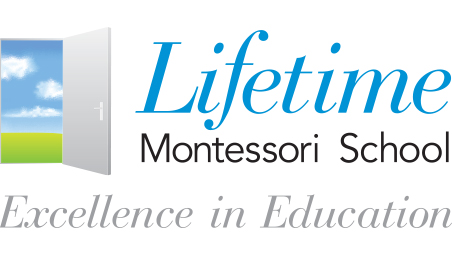(858) 759-0631
The Sensorial Area consists of materials that help the child refine their five senses. It begins with their sense of sight, with materials like the Pink Tower and the Geometry Cabinet, and continues to their Stereognostic Senses.
The material is grouped based on a definite quality that all materials have, such as the tactile or auditory sense, but each lesson changes in difficulty. An example would be the Pink Tower, which is graded into different cubes. The Pink Tower has three different dimensions that the child can distinguish between. In contrast, the following material in the series, the Brown Stairs, has two dimensions that it changes in. By changing different aspects of the materials, the child is challenged throughout the materials. The child is attracted to the material and wants to build it and refine his visual sense.
By organizing and ordering the different materials, we allow the child to learn how to make decisions. They have to be able to make calculated decisions about the materials that they are using, such as distinguishing between a heavy tablet versus a light tablet in the Baric Tablets. This translates into making calculated decisions by understanding the differences between heavy and light. They can distinguish between a heavy table and decide whether to carry it alone or need help.
We follow the succession of Practical Life to Sensorial because it allows the child to benefit from them. The Practical Life lessons allow the child to extend their concentration and focus so that they can focus their minds on lessons in Sensorial. The Sensorial lessons then relate to materials in the Language and Mathematics. The Pink Tower, Brown Stair, and Red Rods come in ten denominations. It’s indirectly allowing them to work on counting. The Red Rods are also similar to the Number Rods; however, the Number Rods are in shades of blue and red. The child can connect the two if exposed to the Sensorial Area first. As they make the connection, they are less hesitant to work with lessons in Math. The child’s refinement of movement is necessary when introducing the child to writing in Language. If they can distinguish between rough and smooth lines in the Touch Tablets in Sensorial, they can follow the rough lines that make up letters in Sandpaper Letters. The child can understand how their finger is supposed to move according to the lines of the letter and that their finger is supposed to stop at the end of the letter as opposed to going on. The small details of the Sensorial materials allow the child to gain their full academic potential in the Language and Math materials.
As the guides in the classroom, we aim to help the children find the material they enjoy most. Each child is different and will be attracted to different lessons in the classroom. For example, some children will be more attracted to the lessons offered in Practical Life, where they can beautify the classroom by making different flower arrangements or scrubbing a table, while other children revel in being able to match different objects in the classroom to the colors found in Color Box 2. By allowing them to explore all the different facets of the materials, we are allowing them to understand the material thoroughly. If they start to choose to do work in only one area of the classroom, we find different ways to entice them to the other areas of the classroom. It might start with giving them the Language associated with the Sensorial or Practical Life materials, to drawing pictures about the materials. These indirectly bring the child to work with the Language lessons, such as writing and vocabulary. As the year continues, the children will be more exposed to different materials in the classroom.
-Caterpillar Teacher

